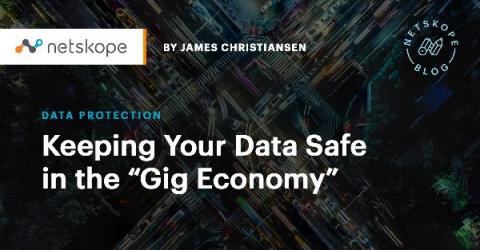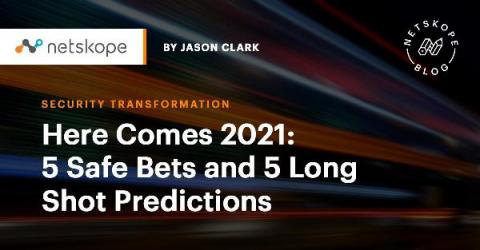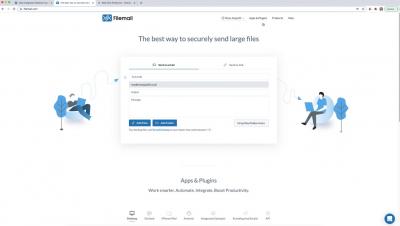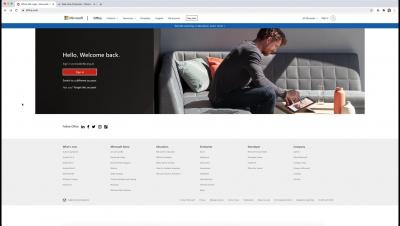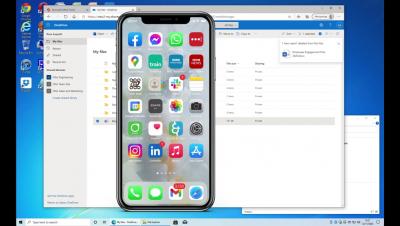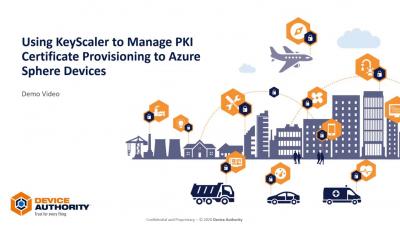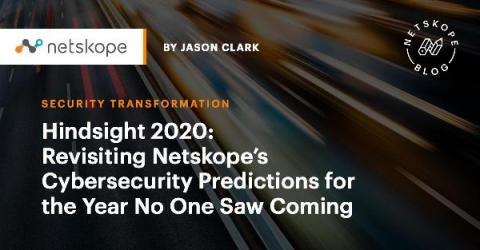Cloud Computing Security Tools: Choosing the Right Solutions
No matter where you host your data, there are always risks. The public cloud is no exception. While providers like Amazon, Microsoft and Google offer security features, ultimately, cloud security is your responsibility. Where do you start? This article explains the key elements of a strong security posture in the cloud and how to choose the right security software solutions for your organization.



